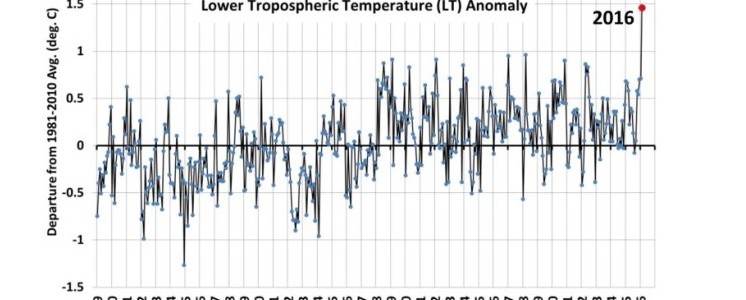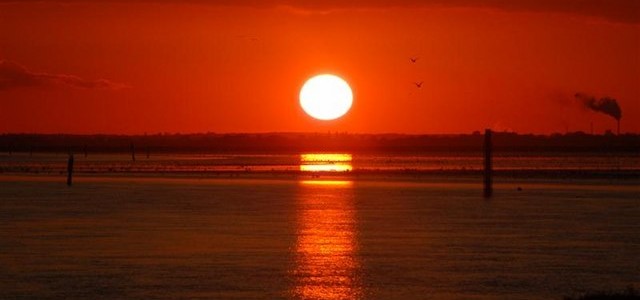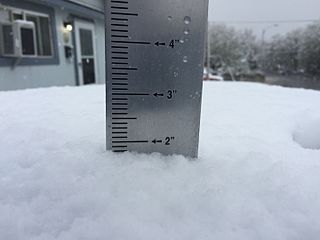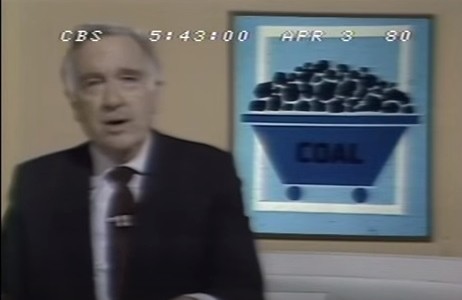Climate science
-

In what some climatologists thought was a shocking result, the latest global temperature measured by satellite set a new all-time record in February 2016, far surpassing the old record set just last month. This is according to Dr. Roy Spencer of the University of Alabama at Huntsville, whose satellite records of global temperature have lagged…
-

One of the ways that humans alter climate is by changing the land use of a particular region, leading to changes in the energy balance locally. Some climatologists believe that the Southeast has lagged other parts of the country in warming due to the change from widespread bare ground crops like cotton early in the…
-

This year is leap year, which means you will probably be reading this on February 29. This date comes around every four years in general, although we did not have one in 2000. The need for a leap year is due to the timing of the earth’s orbit around the sun. Here are some resources…
-

When scientists talk about a climate that is getting warmer, they often talk about 2 degrees of change as being enough to cause irreversible changes in the earth’s climate system. But what makes “2 degrees” important? It’s true that a 2 degree change in daily temperature is barely noticeable in the day to day variability…
-

The sound of the wind is described by many names around the world. This essay on the names of the desert wind is a couple of years old but I think a very poetic way to describe the weather that dominates an area with little rain. You can read it at https://www.kcet.org/arts/artbound/counties/inyo/the-hundred-names-of-the-desert-wind.html
-

Snowfall is beautiful but can cause a lot of problems for those who need to go places. It can also cause damage to trees and even buildings if there is enough of it. Deke Arndt of the National Centers for Environmental Information has a great blog post this week in “Beyond the Data” on the…
-

One of the arguments that I hear from time to time is that discussions about a warming climate are relatively new and that in the 1970s and 1980s scientists were talking about global cooling, not warming (see https://skepticalscience.com/ice-age-predictions-in-1970s.htm for some information about this). A friend of mine on Facebook posted this news clip on YouTube from…